Training Kamish. Acoustic Ethnographies of Islam and Challenges of Sound in the Construction of Subjectivities
DOI:
https://doi.org/10.22380/2539472X.912Keywords:
anthropologies of Islam, musical thought, ney, SufismAbstract
This paper discusses how religion through music is inscribed in different ways on people’s practices and specific speeches. First, it suggests an argument that explores sound thinking and its strategies related to the production of subjectivities, so that to apply it to the context of sacred music of Islam in general and particularly to the Ney's flute teaching in Istanbul. Second, it shows the duo oratory and music teaching expressed by way of the interaction between students and teachers, which are suggested as a touchstone for the understanding of sound throughout the production of subjectivities in the spiritual Islam. Finally, the paper shows and discusses the frames of experience where the speeches coming from the Muslim mysticism are inscribed and where spiritual disciplines and their practitioners define their effectiveness.
Downloads
References
Bakhtiar, Laleh. 1976. Le soufisme, expressions de la quête mystique. París: Éditions du Seuil.
Bilgi, Hülya. 2004. Gönulden Bir Tuktu, Sevgi Gönül Hat Koleksiyonu / A Heartfelt Passion, The Sevgi Gönül Calligraphy Collection. Estambul: Sadberk Hanim Müzesi.
Borsi, Rajab. 1996. Les Orients des lumières. París: Verdier.
Bourdieu, Pierre. 1990. “¿Y quién creó a los creadores?”. En Sociología y cultura, 229-230. México D. F.: Grijalbo.
Castellanos, Diego Giovanni. 2010. Islam en Bogotá: presencia inicial y diversidad. Bogotá: Universidad del Rosario.
Castro Nogueira, Laureano, Luis Castro Nogueira y Miguel Ángel Castro Nogueira. 2008. ¿Quién le teme a la naturaleza humana? Homo saudens y el bienestar en la cultura: biología evolutiva, metafísica y ciencias sociales. Madrid: Tecnos.
Corbin, Henry. 1996. Cuerpo espiritual y tierra celeste. Barcelona: Siruela.
Corbin, Henry. 2005. El imam oculto. Madrid: Losada.
During, Jean. 1996. “Música y ritos: el sama”. En Las cofradías musulmanas desde sus orígenes hasta la actualidad, editado por Alexandre Popovic y Guilles Veins, 197-215. París: Fayard.
Eflâki, Shemsu-D-Din. 1976. Leyendas de los sufíes: historias de la vida y enseñanzas de Rumi. Madrid: Edaf.
Erguner, Süleyman. 2002. Ney “Metod”. Estambul: Erguner Muzik.
Foucault, Michel. 1968. Las palabras y las cosas. Buenos Aires: Siglo XXI.
Foucault, Michel. 1978. Dits et écrits. París: Gallimard.
Foucault, Michel. 1990. Las tecnologías del yo y otros textos afines. Barcelona: Paidós Ibérica.
Jáuregui, Jesús. 1997. “El concepto de plegaria musical y dancística”. Alteridades 9 (13): 69-82.
Küçük, Sezai. 2003. Mevlevîliğin Son yüzyili. Estambul: Simurg.
Lévi-Strauss, Claude. 1996. Mitológicas I. Lo crudo y lo cocido. México D. F.: Fondo de Cultura Económica.
Lévi-Strauss, Claude. 2000. El hombre desnudo. México D. F.: Siglo XXI.
Lings, Martin. 1981. ¿Qué es el sufismo? Madrid: Taurus.
Mauss, Marcel. 1970. Lo sagrado y lo profano: Obras I. Barcelona: Barral.
Moreno, Jairo. 2004. Musical Representations, Subject, Objects. The Construction of Musical Thought in Zarlino, Descartes, Rameau, and Weber. Bloomington: Indiana University Press.
Puerta Vílches, José Miguel. 1997. Historia del pensamiento estético árabe: Al-Ándalus y la estética árabe clásica. Madrid: Akal.
Redhouse, James W. 1881. The Mesnevi of Mevlana Yelaluddin Muhammed Er-Rumi. Londres: Trübner.
Said, Edward. 2002. Orientalismo. Madrid: Debate.
Saussure, Ferdinand de. 1945. Curso de lingüística general. Buenos Aires: Losada.
Shehadi, Fadlou. 1995. Philosophies of Music in Medieval Islam. Leiden: E. J. Brill.
Sloterdjik, Peter. 1998. Extrañamiento del mundo. Madrid: Pre-Textos.
Van Dijk, Teun. 2000. “El estudio del discurso”. En El discurso como estructura y proceso, compilado por Teun Van Dijk, 58-61. Barcelona: Gedisa.
Zuckerkandl, Víctor. 1997. “Cantar y hablar”. En Los dioses ocultos. Círculo Eranos II, editado por Erich Neumann et ál. 171-208. Barcelona: Anthropos.




















